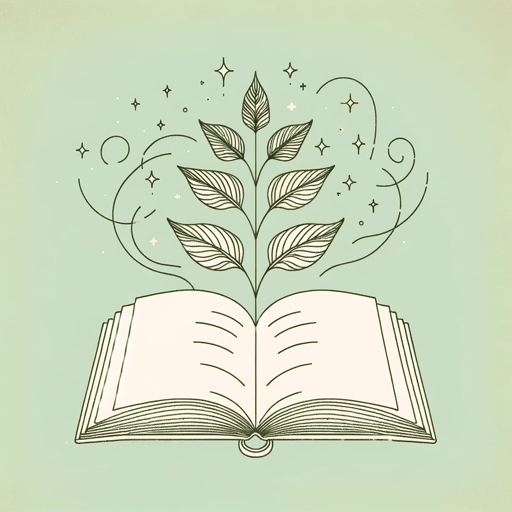55 pages • 1 hour read
Mark MathabaneKaffir Boy
Nonfiction | Autobiography / Memoir | Adult | Published in 1986A modern alternative to SparkNotes and CliffsNotes, SuperSummary offers high-quality Study Guides with detailed chapter summaries and analysis of major themes, characters, and more.
Summary and Study Guide
Overview
Kaffir Boy: The True Story of a Black Youth's Coming of Age in Apartheid South Africa is the true account of the life of Mark (born Johannes) Mathabane, a South African tennis player who grew up during apartheid. The autobiography, published in 1986, describes Mathabane’s poverty-stricken childhood in Alexandra, a black ghetto into which hundreds of thousands of blacks were crammed into sub-standardized housing.
During his childhood, the author’s family is subjected to constant police raids and harassment because his mother, from a tribal reserve, does not have the correct pass according to the stringent and bureaucratic pass laws the government inflicted on blacks’ movements. His father, illiterate and also from a tribal reserve, ekes out a living in the city and is constantly laid off, causing him to believe he has been subjected to witchcraft. Mathabane and his siblings (who would eventually number seven, including himself) grow up with constant hunger and the effects of malnutrition.
His father hopes for a return to tribal ways and religion, while his mother, who tries for years to get a pass before securing one, turns to Christianity. She is the true hero of the author’s life, struggling to pay for him to go to school and as a source of constant optimism. The author is also cheered on by his granny (his mother’s mother), who sold her daughter to her husband for a bride price. Mathabane’s granny works for sympathetic whites who give the author his first comic books and later English books, sparking in him a life-long love of reading. Granny’s kind employer also gives Mathabane a tennis racket and urges him to take up the sport.
As the author ages, he becomes more interested in going to school, causing a break between him and the gangs he used to roam the streets of Alexandra with. He develops into a top student and earns a scholarship to continue his studies. He also starts to concentrate on tennis and befriends a German man who owns a tennis ranch. The author’s model is Arthur Ashe, a black American tennis player, and he dreams of going to America. He becomes caught up in the student protests against being forced to be instructed in Afrikaans in school. He also competes in white tennis tournaments, earning the ire of blacks around him who consider him a sellout, and meets the American player Stan Smith and his wife. Miraculously, Smith helps him acquire a scholarship to Limestone College in the U.S., and Mathabane leaves South Africa in 1978. Mathabane later gained recognition with his autobiography and national best-seller. He followed the account with a second autobiography published in 1989 entitled Kaffir Boy in America: An Encounter with Apartheid.








